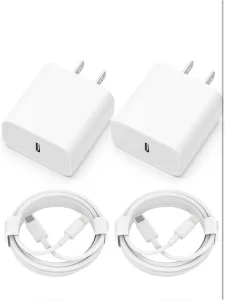What is reel cable How to choose reel cable
Title: Understanding Reel Cable and How to Choose the Right One
Introduction:
In today’s technological world, cable management plays a crucial role in various industries. One essential component is reel cable, which simplifies the organization and deployment of cables. This article aims to provide a comprehensive understanding of reel cable and guide readers on how to choose the most suitable reel cable for their specific needs.
Section 1: What is Reel Cable?
Reel cable, also known as coiled cable or retractable cable, is a specialized type of cable that comes in a compact and self-contained package. The cable is wound around a sturdy reel, allowing for easy extension and retraction. This design helps prevent tangling, reduces clutter, and facilitates quick cable management.
Section 2: Types of Reel Cable:
1. Power Reel Cable: Power reel cables are used to transmit electrical power from a source to various devices. They often come in different conductor sizes and insulation types to accommodate different voltage and current requirements.
2. Data Reel Cable: Data reel cables are specifically designed for transmitting data signals, such as Ethernet, USB, HDMI, or audio/video signals. These cables are shielded to minimize interference and ensure reliable data transmission.
3. AV Reel Cable: Audio-visual (AV) reel cables are ideal for applications that require the transmission of audio and video signals simultaneously. They are commonly used in professional AV setups, including theaters, conference rooms, and live events.
4. Industrial Reel Cable: Industrial reel cables are built to withstand harsh environments, such as high temperatures, chemicals, oils, or abrasion. They are commonly used in factories, manufacturing plants, and construction sites.
Section 3: Factors to Consider When Choosing Reel Cable:
1. Cable Length: Consider the distance you need to cover and choose a reel cable with an appropriate length. It should have enough slack to reach your desired locations without being too lengthy, which can result in signal loss.
2. Cable Type: Identify the specific application for which you require the reel cable. Determine whether you need a power, data, AV, or industrial reel cable and select accordingly.
3. Compatibility: Ensure that the reel cable you choose is compatible with the devices or systems you intend to connect. Check the connector types, such as USB-A, HDMI, or XLR, and cross-reference them with your equipment specifications.
4. Quality and Durability: Look for reputable brands and manufacturers that offer high-quality reel cables. Consider factors such as cable gauge, insulation material, shielding, and overall build quality. This ensures durability, longevity, and reliable performance.
5. Special Requirements: If you have any specific requirements, such as the need for flame resistance, flexibility, or temperature resistance, ensure that the reel cable meets those specifications.
Conclusion:
Reel cables are versatile tools that simplify cable management and ensure efficient deployment of cables. Understanding the different types of reel cable and considering important factors like cable length, type, compatibility, quality, and special requirements will aid in selecting the most suitable reel cable for your intended application. By making an informed choice, you can optimize cable management and enhance the overall functionality of your setup.
.webp)






